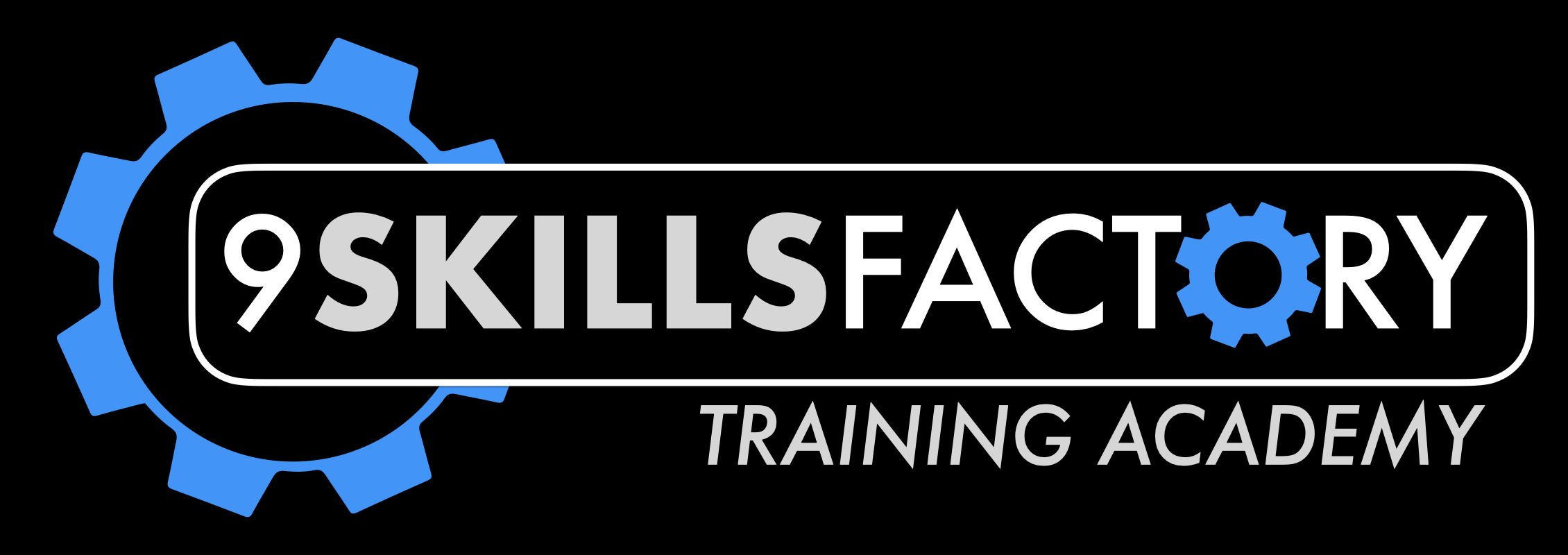In this article we take a look at the most common questions we receive about developing skills with Lean and Six Sigma so one is able to actually use what they learn in a meaningful way.
BACKGROUND INFORMATION
It's important to start this by pointing out there is no single set of standards or one body of knowledge that underpin Lean Six Sigma training and education.
The lack of governance around these methodologies is created by the fact that a huge body of people are out there selling and delivering training; not just in Australia, USA or the UK, but all over the world. And unfortunately their goals are not all aligned around the same objectives.
Q1. Why are there so many different approaches to Lean Six Sigma training?
You must recognise that these are two methodologies that each have application in a specific context. Sure, they both contribute to the removal of waste and better customer experiences. Yet they differ quite significantly in how they go about treating the specific scenarios they are each designed for.
Often a teacher will have a bias towards one method over another; for example a statistician I know has a bias towards the quantitative methods in Six Sigma and is much less proficient in the Lean methodology. Thus their training will differ from others.
Some suppliers will compete in this space with cheap and fast training options. Unfortunately some buyers of training just want a piece of paper for their resume so these offerings are lapped up.
I don't think the variation that exists will ever be resolved, the horse has already bolted.
Q2. Are Lean and Six Sigma taught together or separately?
The most effective way I've seen for learning these skills is for the teachers to separate each methodology and teach each independently.
We need to teach Lean tools and processes in a situation where we seek to understand and treat process 'throughput' and / or 'cycle times'. The effect is often seen by way of more balanced utilisation of resources and less inventory within a system.
When we teach the Six Sigma methodology, we do so in a situation where we seek to measure and understand process 'variation' with a goal of optimising some specific 'response' variable through treating other 'causal' variables. The effect is often seen in a reduction or elimination of defects.
Six Sigma is much more quantitative than Lean and makes use of statistical decision making methods.
Q3. How long does it take to complete Lean Six Sigma training?
When I wrote the 2nd Edition of
Process Mastery with Lean Six Sigma, it included a full body of knowledge in the use of both Lean and Six Sigma in a project context. This included the statistical analysis component of Six Sigma as well as a comprehensive process balancing component from Lean.
When we mapped this content out and overlaid it onto a simulation that presented throughput, cycle time, inventory, and variation problems; we found a number of things.
FINDING #1 All of the primary tools required of a practitioner to work on both basic Lean and Six Sigma type projects could be taught and practiced over the duration of two courses – 3 days for Lean and 5 days for Six Sigma.
FINDING #2 Basic project management skills could be taught in 1 day.
FINDING #3 The more advanced statistical analysis tools of Six Sigma, necessary for Black Belt level, required 5 days of training.
FINDING #4 The basic tool of Design for Six Sigma, the QFD house of quality, could be taught over the course of 2 days.
What we also found was that quite a lot of the content could actually be learnt in a self paced scenario and didn't really need a classroom situation to teach it. This offers opportunities for companies to minimise their training cost and still get the same results.
Today, for an in-house Lean Six Sigma training program, we deliver the training this way.
LEVEL 1 GREEN BELT
GB Course 1 = 1 week classroom or self paced – Lean Practitioner
GB Course 2 = 1 week classroom or self paced – Six Sigma Practitioner
LEVEL 2 BLACK BELT
BB Course 1 = Self paced – Failure Mode Effect Analysis (FMEA)
BB Course 2 = Self paced – Project Management Skills
BB Course 3 = 1 week classroom OR self paced – Quantitative Decision Making (statistics)
BB Course 4 = Self paced – Quality Function Deployment (QFD)
Through our 9SF platform, GB Courses 1 and 2 can be completed online by students with the option of an application masterclass where students apply both Lean and Six Sigma to a live simulation.
A one or two week black belt course, they exist out there, is never going to teach a student what they need to know.
Q4. How much does Lean Six Sigma training cost?
Now we get a huge spread in the answers. We've done some research over the years and found costs vary to a large degree. The following relates to advertised Black Belt level training, some of which doesn't include Lean.
Pricing can be as low as $2,000 right up to the highest I've recently seen which was $13,946.
With the advances that have been made with technology and video based teaching methods, $13k is way too much to be paying in my opinion.
Q5. What should I be looking for to identify a quality Lean Six Sigma training program?
The characteristics I am looking for in a quality training program are these.
(a) Lean and Six Sigma are separated components
(b) Simulations are used to teach application and the connectivity between tools within each methodology
(c) Green and Black belt levels are separated in some way so that more advanced skills can be layered on after the Green belt level is taught and applied
(d) There is a requirement to apply what is being taught/learned before any certification takes place
(e) The body of knowledge being taught is nominated and defined, and it covers Lean and Six Sigma in an 'improvement project' context rather than a 'tool roll out' context – this teaching of the use and roll out of single tools such as 5S and visual workplace has frequently contributed to the failure of improvement initiatives in Australia and a poor way to approach it
Q6. Is online Lean Six Sigma training any good?
I definitely believe so, though only under certain conditions. Online forms of training are fast becoming recognised as key to reducing costs as well as the time commitment required of students to learn. In the Lean Six Sigma world it is most effective when:
(a) It is complimented by some classroom components as well as on the job mentoring
(b) Videos are designed specifically for online delivery, and the lessons are not just filming of a classroom delivery
(c) Students cannot proceed through the online training pieces without completing certain activities or Q&A type reinforcement
(d) It is supported by comprehensive notes or text for post course reference that supports application on the job
Q7. What do I need to do to get the most out of my Lean Six Sigma training?
My advice for any student who is undertaking quality Lean Six Sigma training is this.
TIP #1 - If you do online training, do something every day to move you forward in the process – keep the momentum up
TIP #2 - Don't become a zealot for the methodology, keep the result you are seeking (which is improvement) firmly in your sights and use the methods as a tool for achieving that
TIP #3 - Seek opportunities to apply what you learn, the more cycles of application the greater will be your awareness of the nuances within and overlaps across the methodologies, you'll also become more skilled at planning your project from end to end right at the start of any project
TIP #4 - Keep good records of what you do so you can pursue your certification
TIP #5 - Seek out mentors who can guide you in applying the methods, those who fail to get mentoring will never fully develop their Lean Six Sigma skills in my opinion


